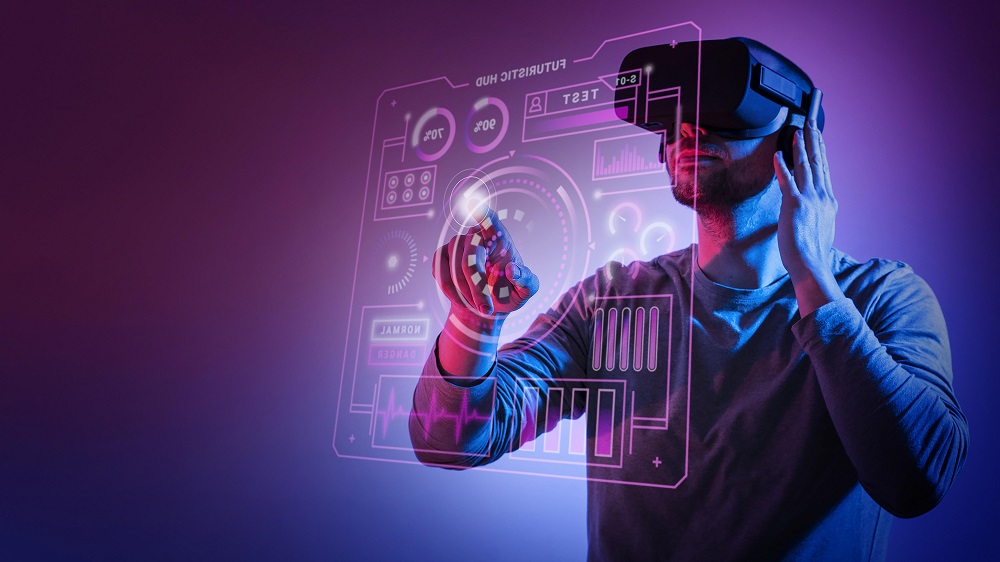Anyone who began reading this essay must be familiar with the Non-Fungible Tokens (NFTs). Based on blockchain technology, transaction processing has already found success in a number of niche markets. In particular, it has transformed the revenue of NFT games. Until the start of last year, the NFT-based transaction volume had already surpassed $10.67 billion, according to a DapRadar analysis. Unquestionably, NFT games account for a sizable amount of this transaction volume.
For a NFT game development company, NFT Games opened up a world of possibilities for marketing its intellectual and creative rights in a safe and secure way. Do you wish to participate in the success of NFT game apps? Do you want to create a profitable NFT game? Here, we’ll outline a step-by-step process for creating NFT games. But first, let’s define NFT and describe how NFT games function.
What is NFT, exactly?
Non-Fungible Token, or NFT for short, is nothing more than a cryptographic token built on the blockchain. These tokens stand in for particular and distinctive digital things like video game characters, collectible digital artwork, various certificates, and in-game aesthetic elements.
The so-called non-fungible tokens (NFTs) are not interchangeable with other currencies, tokens, or coins because each NFT represents a distinct value. Each NFT has a distinct meta description as well.
Describe an NFT Game?
NFTs are used in NFT games to represent distinctive game elements like awards or other distinctive game things like characters, skins, etc.
NFTs can be used by players of these games to sell the distinctive game characters as well as to receive prizes from the developers. This is how NFT Games significantly contributed to the “pay as you earn” movement in the gaming industry.
A Complete Step-by-Step Guide for Creating NFT Games
Let’s now go over the definition and main selling points of NFT games before giving a thorough, step-by-step tutorial on creating NFT game apps.
1. Thinking of a fantastic NFT game
You need to first focus on the kind of NFT game you want to create. Will you create only puzzle, role-playing, or adventure games, or will you also create a strategy game? If you made up your mind on this first, it would help.
Find out what model works best with the type of game you want to create by doing some study. In order to capture the interest of your intended player audience, research a number of comparable games and then create something more captivating and original.
2. Allow for original design
You must make room for imaginative game characters and game skin designs because NFT games are known for employing NFT to depict innovative and artistic game features and characters for commercial usage. The 2D or 3D graphical artists on the game development and design team must be knowledgeable and skillful.
3. Pick the right technology stack
The correct tech stack and skilled developers are the two main factors that determine an app’s success. This cannot be any other way while developing an NFT game app. You must pick the appropriate frontend, backend, wallet, and smart contract technology to develop a high-performance NFT game.
For NFT game applications, some of the tried-and-true technologies are Unity3d, ASP.NET Core, C#, MySQL, MongoDB, Truffle Suite, Amazon Web Services (AWS), and a number of others. Additionally, you must employ a variety of operating systems, such as iOS, Android, Web, Windows, Linux, macOS, etc., depending on your target platforms. A common ecosystem for connecting your NFT software to well-known blockchains like Ethereum, Hyperledger Fabric, etc. is called Truffle Suite.
4. Front-end programming
JavaScript or TypeScript can both be used to create the NFT app’s front end. ReactJS, VueJS, or Angular are your options for front-end development frameworks. Due to its complexity and bigger footprint, Angular is viewed as a bad frontend option.
5. Reverse Engineering
An NFT game app project requires extensive back-end programming because SmartContract will only make requests for the NFT URL. After all, storing the complete NFT with its extensive metadata would be too laborious. The metadata needed to request the Smart Contract in more detail is provided by the NFT gaming app’s backend.
Since Blockchain database technology is used by NFT game apps, keeping centralised data access through the backend of the app will negate the main advantages of this decentralised database technology. Many NFT apps employ a technology called Chainlink to ensure a seamless connection between the data off Blockchain and the data on Blockchain.
Because of its scalability, compact size, and expressive code, Node.js is a fantastic option for the back-end programming language. NodeJS is already regarded as a strong and reliable backend development framework.
6. Trying out the app
You must use the proper tool to test your NFT gaming app. There are a number of excellent tools available to evaluate the NFT game app. The Rinkeby or Ropsten Testnets are available for app testing. For testing purposes, some developers also favour building a mimic blockchain. Some developers use Ganache, a tool provided by Truffle, specifically for this function.
7. Publish the app and expand your audience
Finally, the software is ready to be released on the market after being conceived, produced, and tested. There is a brief stage of mainnet preparation left before the deployment of the NFT game. Always avoid hurrying when the app is being tested and deployed; this is advised. Be sure to keep an eye out for and test any security flaws.
A Conclusion
The market for NFT games has already established itself as a specialist one, offering enormous prospects for game makers. Thanks to NFTs, game projects may now concentrate more on selling distinctive and imaginative game qualities, characters, and design components.
